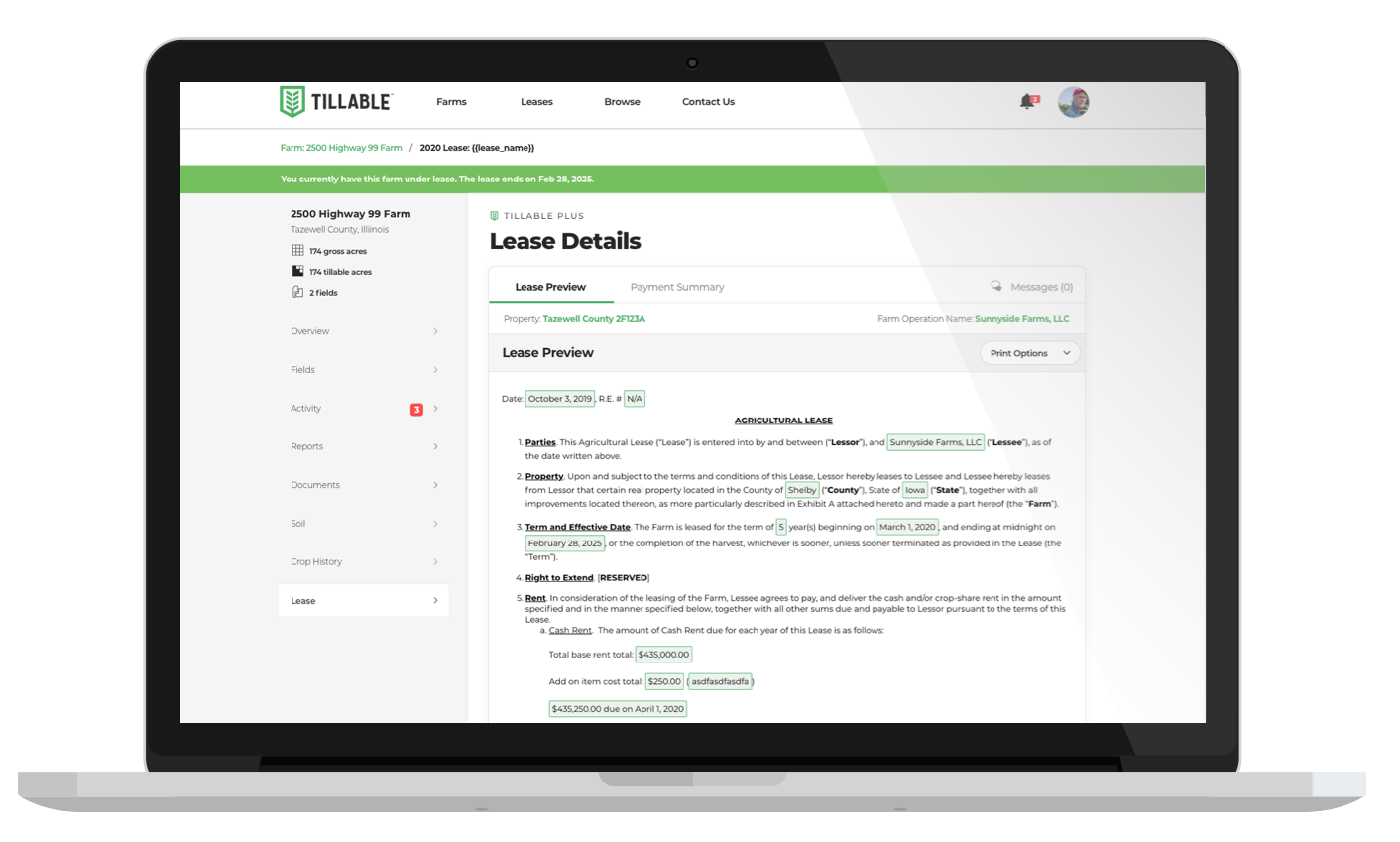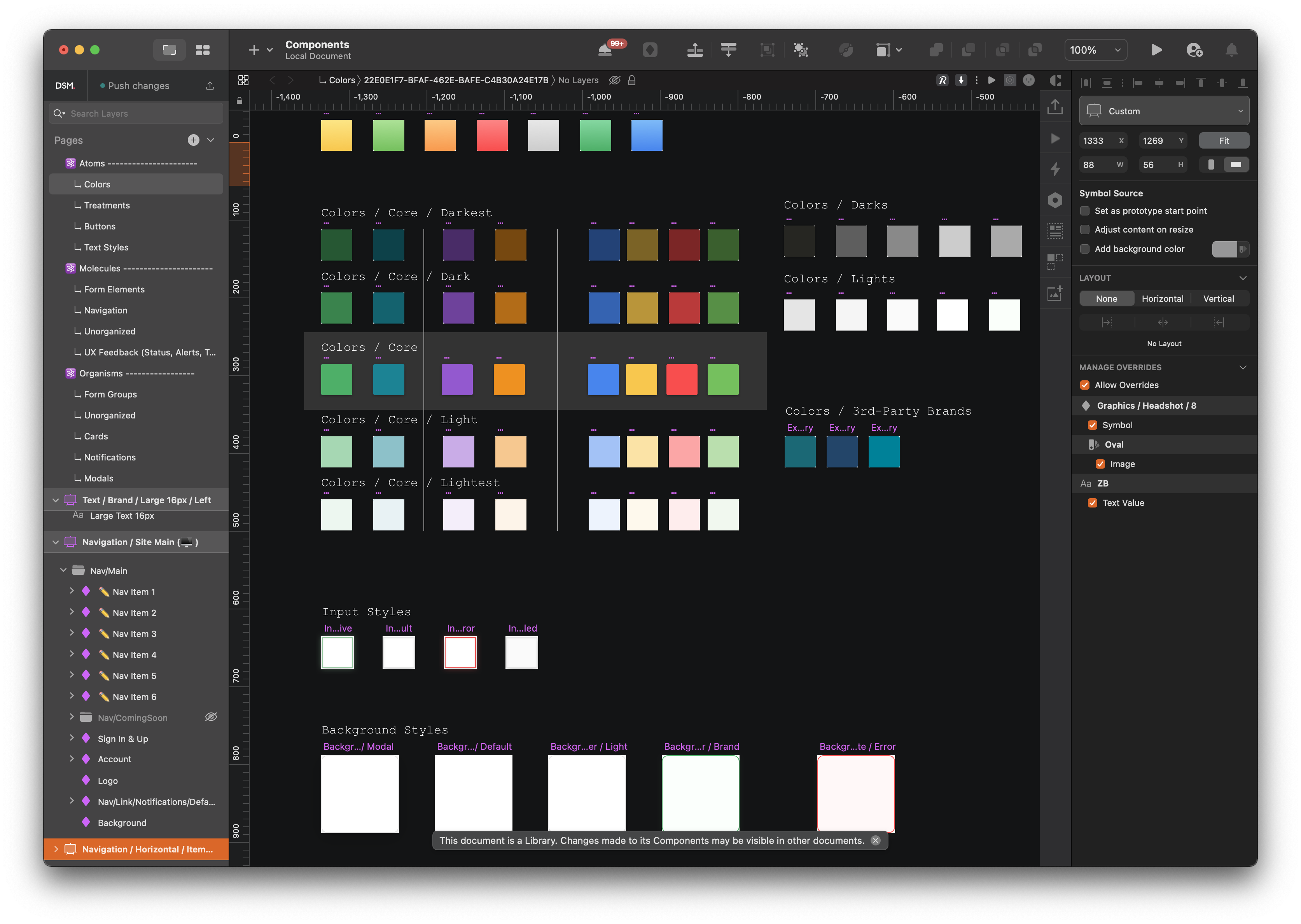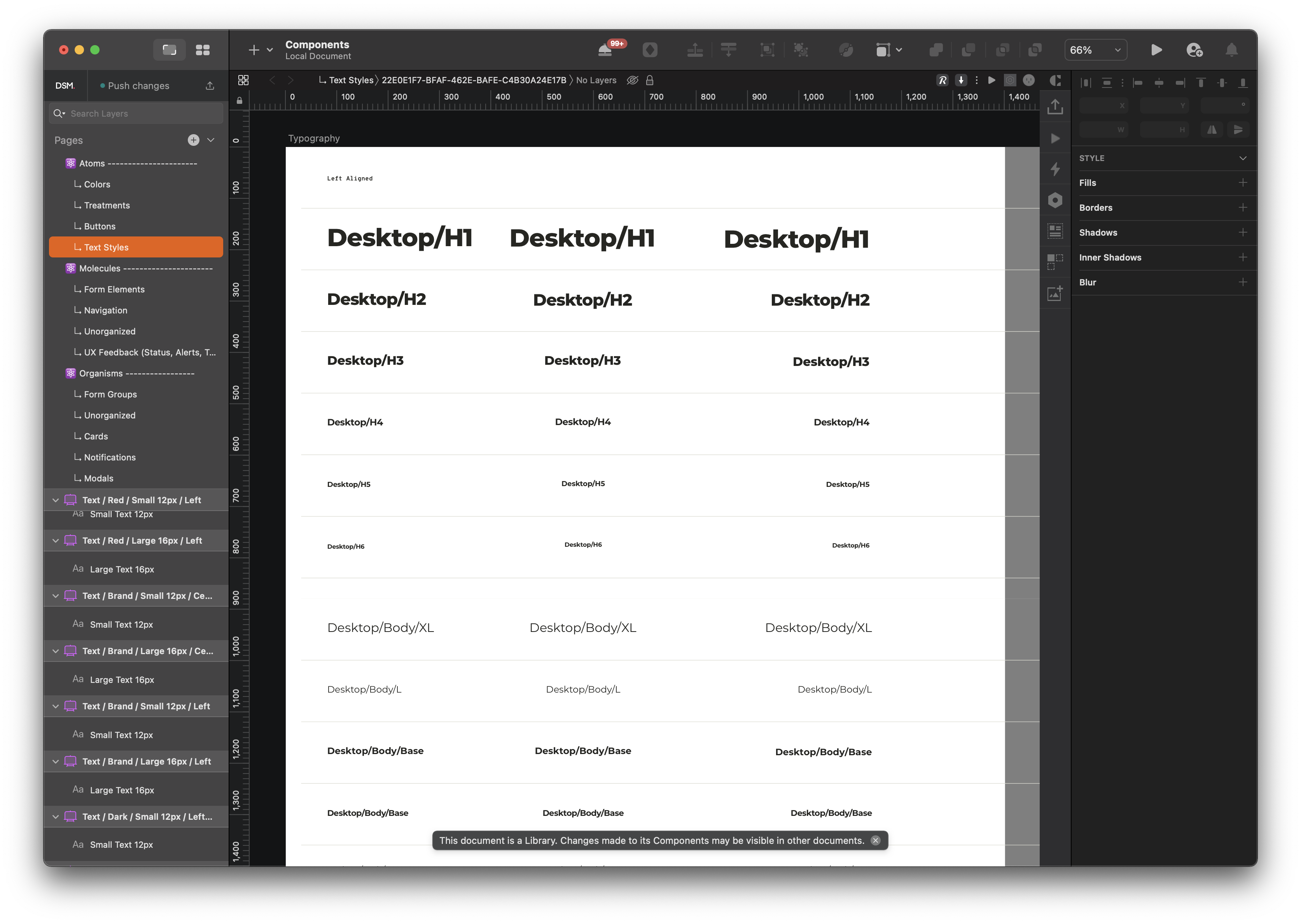
My Role
My role with CamoAg includes involvement each step of a very iterative design process, from concept to delivery. I have a hand in defining the problem to solve and product requirements, exploratory research by looking at competitors and interviewing stakeholders, conceptualizing and creating prototypes (Sketch, InVision, Principle, etc.), test prototypes with users and stakeholders, and then work with the engineering team on bringing those prototypes to life. As a part of such an iterative design process, I try to seek feedback as often as possible. I like to promote a design thinking approach where everyone can share ideas and thoughts. This is super valuable when I'm not the subject matter expert, so if I have that resource, of course I'm going to tap into it!
TL;DR; Established the design system and style guidelines. Worked in an iterative design process. Created deliverables ranging from sketches to functional prototypes.
Deliverables included wireframes, mocks, clickable prototyes, front-end templates, and usability tests.
Product Overview
CamoAg is a business intelligence tool that helps agricultural professionals in sales, marketing, and operations. CamoAg helps identify and cultivate new business with customers by connecting the dots of potential opportunities.
CamoAg delivers a broad suite of features including:- Farmland transaction and sales data to guide appraisals and valuation.
- Cutting-edge tools to evaluate the value of land, techniques to improve & maintain land value, and connect landowners with farmers like never before.
- Mapping capabilities to dive deep into parcel data and tracking landmark & asset maintenance

Ideation
The product and engineering teams at CamoAg are able to continuously release new features for the product through constant communication and collaboration. As features are brainstormed, the design team remains in constant contact with key internal and external stakeholders. Due to the nature of a young company, we often switched course at times to fill customer and partner needs, but our ability to communicate as a team makes it easy for all of us to stay on the same page.
Strategy
The team at CamoAg adopts a lean approach, emphasizing continuous product feature deployment. I create low-fidelity prototypes in the form of sketches and basic wireframes, and the designs move up to high-fidelity prototypes in Sketch & Invision, and microinteractions in Principle, while gathering and interpreting feedback to maintain a user-centered product. This lean approach creates a strong ownership across the entire team as we all work towards each feature release.
Planning Scope & Definition
Working directly with key stakeholders and the development team, we prioritize and negotiate product features. While planning each initiative in the product, I apply my user experience background to identify when industry standard usability guidelines are needed and then communicate with the development team how best to address these concerns. Keeping in constant communication with the development team helps establish mutual understanding of the product, while maintaining the vision of the product and aligning with business objectives.
Activity tracking:

Design Coordination & Execution
The design team makes sure we are in constant communication with engineers and stakeholders. We often gather opinions and go through rounds of feedback to confirm business objectives are met while providing the user with a pleasant experience. Applying the feedback from internal and external stakeholders/partners, we produce user scenarios, user experience documentation, high-fidelity prototypes in Figma, and occasionally microinteractions in Principle. CamoAg is a mobile-friendly, web-based application adopting a responsive design maintaining a consistent design and user experience.
Design System [Sketch]
A design system was first developed within Sketch to allow for rapid prototyping and wireframes. As the design system is refined, it makes it much easier to adapt to the quick pace of development and create rapid prototoypes. Atomic Design is the main influence in the approach to this design system. Here is a quick look at some of the design elements:


Design System [Sketch, meet Figma]
The design system evolved to utilize the power of Figma. Once I discovered the functionality and flexibility available in Figma, I worked to transfer the design system over to create more interactive prototypes and better collaboration among the team. Here's a quick preview of how that looks:
Leadership
Throughout the development of the product, I have owned the overall design and user experience. I routinely present the progress of feature prototypes to the company, as well as partners outside the company, and iterate based on that internal and external user feedback. At CamoAg, I lead design research by interviewing partners and prospective partners, perform audits of competitors, establish a consistent design standard across the company, and build a design system to allow for rapid prototyping and source of truth design components.
Reflection
CamoAg has provided a fantastic opportunity to learn more about an industry I had limited knowledge in before joining, and it is always fun to learn about something new. Growing up in Iowa, I was surrounded by farming and agriculture, but never exposed to it like I have been at CamoAg. I gained a new respect for farmers and the agriculture industry.
As far as my role at CamoAg, I am continuing to push for more time and resources to dedicate to user and usability testing. I am a huge advocate for feedback and really understanding what the user wants in a product, and having the resources to dedicate to that will help design decisions be more focused and direct the path of the product.
Deliverables
Wireframes, mocks, prototypes, and a lot of other UX deliverables were rapidly produced during my time with CamoAg. Below are a few examples of some of these:

